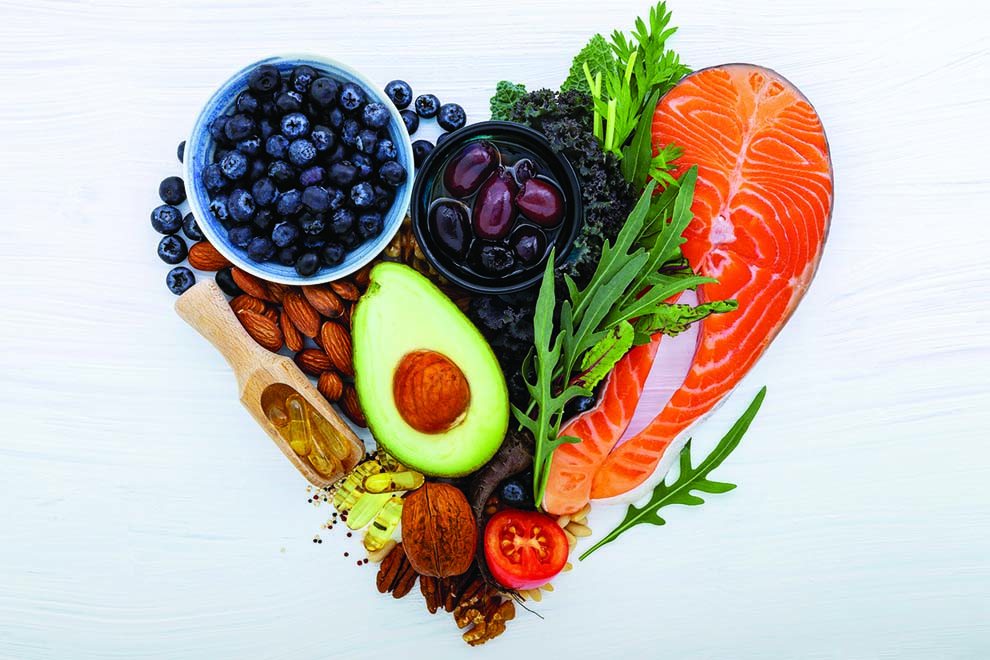When the pandemic hit last year, with lockdown and drastic changes in our everyday routines, it was easy to distract ourselves with unhealthy eating habits, which led to what many called gaining the Quarantine 15. A lot of people have struggled not just with exercising and eating well, but focusing on broader mental, emotional, environmental, existential and relational health.
New Year, New Goals and Mindful Eating
Mindful eating stems from the broader philosophy of mindfulness, a widespread, centuries-old practice used in many religions. Mindfulness is an intentional focus on one’s thoughts, emotions, and physical sensations in the present moment. Mindfulness targets becoming more aware of, rather than reacting to, one’s situation and choices. Eating mindfully means that you are using all of your physical and emotional senses to experience and enjoy the food choices you make. This helps to increase gratitude for food, which can improve the overall eating experience. Mindful eating encourages one to make choices that will be satisfying and nourishing to the body. However, it discourages “judging” one’s eating behaviors as there are different types of eating experiences. As we become more aware of our eating habits, we may take steps towards behavior changes that will benefit ourselves and our environment.
How It Works
Mindful eating focuses on your eating experiences, body-related sensations, and thoughts and feelings about food, with heightened awareness and without judgment. Attention is paid to the foods being chosen, internal and external physical cues, and your responses to those cues. The goal is to promote a more enjoyable meal experience and understanding of the eating environment. Below is a mindful eating model that is guided by four aspects: what to eat, why we eat what we eat, how much to eat, and how to eat.
Mindful eating:
Considers the wider spectrum of the meal: where the food came from, how it was prepared, and who prepared it
Notices internal and external cues that affect how much we eat
Notices how the food looks, tastes, smells, and feels in our bodies as we eat
Acknowledges how the body feels after eating the meal
Expresses gratitude for the meal
May use deep breathing or meditation before or after the meal
Reflects on how our food choices affect our local and global environment
Seven practices of mindful eating
- Honor the food. Acknowledge where the food was grown and who prepared the meal. Eat without distractions to help deepen the eating experience.
- Engage all senses. Notice the sounds, colors, smells, tastes, and textures of the food and how you feel when eating. Pause periodically to engage these senses.
- Serve in modest portions. This can help avoid overeating and food waste. Use a dinner plate no larger than 9 inches across and fill it only once.
- Savor small bites, and chew thoroughly. These practices can help slow down the meal and fully experience the food’s flavors.
- Eat slowly to avoid overeating. If you eat slowly, you are more likely to recognize when you are feeling satisfied, or when you are about 80% full, and can stop eating.
- Don’t skip meals. Going too long without eating increases the risk of strong hunger, which may lead to the quickest and easiest food choice, not always a healthful one. Setting meals at around the same time each day, as well as planning for enough time to enjoy a meal or snack reduces these risks.
- Eat a plant-based diet, for your health and for the planet. Consider the long-term effects of eating certain foods. Processed meat and saturated fat are associated with an increased risk of colon cancer and heart disease. Production of animal-based foods like meat and dairy takes a heavier toll on our environment than plant-based foods.



































